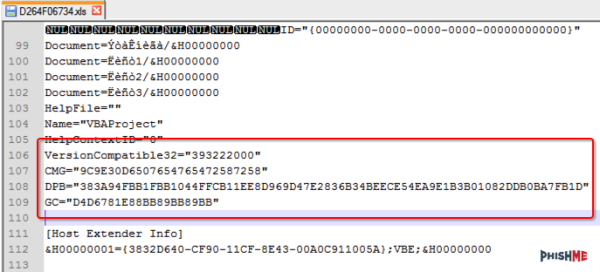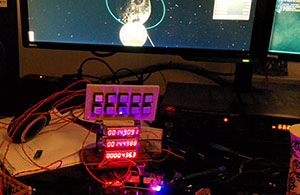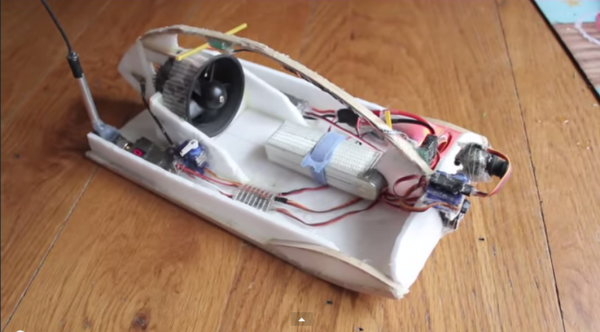Wires? Where this LED scroller is going we don’t need wires. Well, except for power but everything needs power. The 90×7 LED marquee hangs over the entrance to NYC Resistor’s laser cutter room. Thanks to a Spark Core and a bit of work from [Trammell Hudson], the sign is working and attached to the network.
The original unit called for an RS485 connection for input. Other than that there wasn’t really a reason it had been collecting dust. Closer inspection of the internals proved that the display is driven exactly as you would expect: transistors for the rows and shift registers for the columns. Well, actually the columns are split into separate shift registers for the even and odd but that doesn’t complicate things too much. GPIO takes the seven row-driving transistors, two shift register clocks, data, latch, and enable for a total of twelve pins.
The Spark Core completely replaces the Atmel 80C32X2 and its RTC by pinging the network for UTC time synchronization once per day.
[via NYC Resistor]







 Like most hardware builds for Kerbal Space Program, [lawnmowerlatte] is using a few user-made plugins for
Like most hardware builds for Kerbal Space Program, [lawnmowerlatte] is using a few user-made plugins for  [Gabriel]
[Gabriel] 










